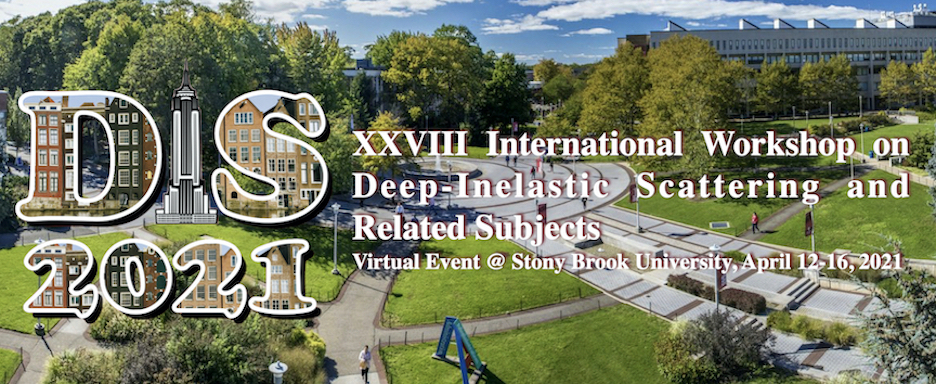Speaker
Description
Light meson measurements in high-energy proton-nucleus collisions provide a probe to study the physics of strongly interacting matter and the quark-gluon plasma. In particular, measuring the nuclear modification factor, where the particle production in p-A is compared to a baseline proton-proton reference which is scaled to account for nuclear geometry, provides important insight to the modification of nucleon structure functions in nuclei and a baseline for the observed strong suppression of hadron yields at high $p_{\rm T}$ in heavy-ion collisions.
In this talk, neutral pion and $\eta$ meson invariant differential yields and nuclear modification factors at mid-rapidity are presented with a $p_{\rm T}$ reach beyond 100 GeV/$c$ and up to $40$ GeV/$c$, respectively, and compared to theoretical model calculations. Both neutral mesons are measured via their diphoton decay channel in pp and p-Pb collisions at $\sqrt{s_{\rm NN}}=5.02$ and $8.16$ TeV with the ALICE experiment at the CERN LHC. The analysis combines results from several partially independent reconstruction techniques where the decay photons were detected with the electromagnetic calorimeter, EMCal, the photon spectrometer, PHOS, or via reconstruction of $e^+e^-$ pairs from conversions in the ALICE detector material using the central tracking system.

